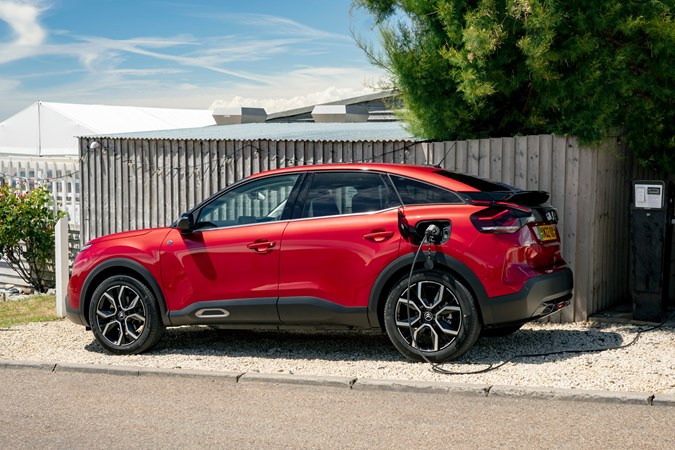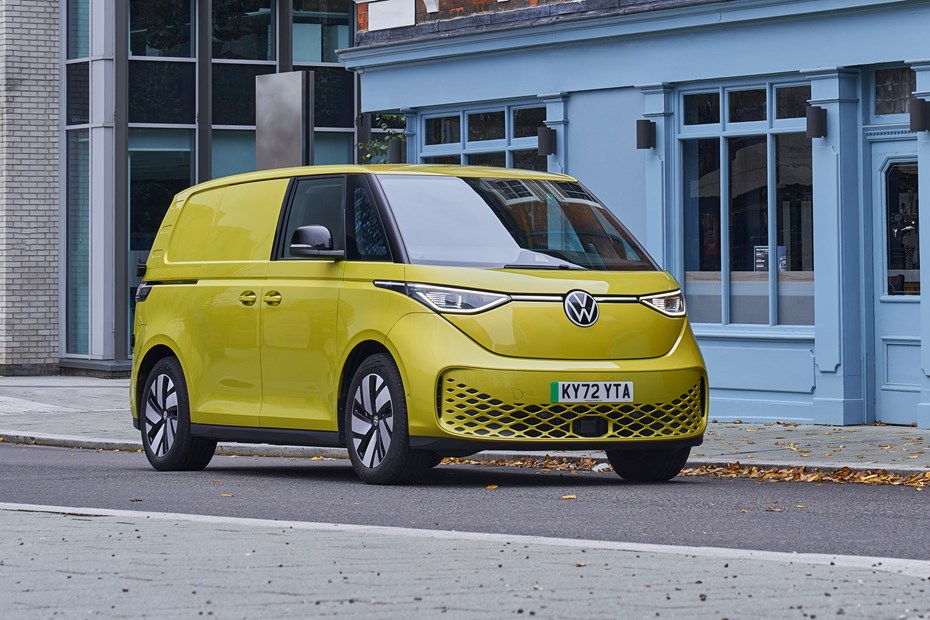The first details of the next round of emissions laws, known as Euro 7, have been announced.
The new targets will see manufacturers have to reduce harmful pollutants yet further, with NOx, or nitrogen oxides, firmly in the legislators’ firing line. It is set to be enforced from 2025 and will consolidate cars and vans under the same set of rules for the first time. Previously cars and vans were covered by Euro 6 while heavier vehicles, such as bigger vans, trucks and buses, were covered by a separate Euro VI set of rules.
What new rules will Euro 7 bring in?
One major change is that Euro 7 will treat all fuels and technologies the same, regardless of whether they are powered by petrol, diesel or if they are electric cars. Not only does this future proof the set of rules and show that they are set to continue beyond the ban on internal combustion engines when it eventually arrives, but it shows that the standards are going after elements beyond tailpipe emissions.
What rules will Euro 7 impose on electric vehicles?
Euro 7 is going after the batteries in an electric vehicle and other elements that have not previously been regulated. It is specifically the durability of batteries that Euro 7 is targeting, as it aims to boost consumer confidence in how long the units last. It hasn’t stipulated exactly what this will involve at this stage, but it is likely to see batteries having to still be able to provide a certain percentage of capacity after a set number of years.

Electric cars and electric vans will also have to conform to emissions standards for the first time, despite not producing anything from their tailpipe in the same manner as a petrol or diesel vehicle. Specifically, emissions from brakes and tyres will be regulated for the first time, with the European Commission looking to limit the amount of microplastics that these components can produce. These rules will apply to all vehicles equally, including electric ones.
The precise details haven’t been announced, but it is said that Euro 7 will be able to regulate on ultrafine particles down to 10 nanometres in size. The claim is that, in the age of the electric vehicle, these emissions will be the biggest contributor to air pollution from road transport. They will be measured by new digital methods, potentially using on-board sensors that could measure emissions throughout a vehicle’s life.
How much will Euro 7 clamp down on petrol and diesel vehicles?
The full details of how strict Euro 7 will be are not yet available, but it has been confirmed that the new standards will take an equal approach to both petrol and diesel vehicles – previously the two had different targets. This means that NOx targets will now be 60mg/km for both fuels, having been 80mg/km for diesel vehicles and 60mg/km for petrols under Euro 6.
Emissions limits are also set to be stricter for heavy duty vehicles weighing more than 3.5 tonnes. Particulates produced from a car or van’s tailpipe will have to reduce by 13%, while it will have to come down by 29% from buses and lorries for example.
Previously heavy-duty vehicles were subject to a similar-but-different set of rules which were under the title Euro VI. This doesn’t mean that they will be subject to the same targets, though, nor will they have to meet standards at the same deadline – lorries and trucks will have two more years to meet the requirements.
The rules are also clamping down on an increased number of pollutants. Euro 6 covered nitrogen oxides (NOx), carbon monoxide (CO), particles, hydrocarbons, methane and ammonia in the case of lorries and buses. CO2 will continue to be regulated as the industry moves towards the target of 100% reduction by 2035.
Euro 7 will continue to measure all of these but will extend ammonia regulation to cars and vans, due to its role in creating urban smog. The proposal is also to cover formaldehyde as well as the aforementioned tyre and brake particles.
How will the testing change?
The new testing will keep a lot of the real-world assessment that was brought about by the various stages of Euro 6, which gave drivers a more realistic indication of how their vehicle will perform on the road, rather than just how it does under strict lab conditions. This saw the movement from the old and unhelpful NEDC fuel economy tests to the current WLTP testing.
There will be more driving conditions added to the test, though, including short daily trips of the sort undertaken by those with a daily commute. It will also test in temperatures up to 45 degrees to include the impact of a hot summer.
Vehicles will have to comply with the new regulations for longer as part of Euro 7. Previously vehicles only had to meet the standards for the first 100,000km (62,000 miles) and five years of their life, but this has been doubled to 200,000km (124,000 miles) and 10 years of age.
The Euro 7 rules will also see manufacturers have to include on-board digital sensors so that emissions can be measured throughout a vehicle’s lifetime. While this might well see them having to spec tech that was not part of a car or van previously, the commission’s claim is that it will reduce the cost of compliance and the administrative burden on the industry. Whether the manufacturers see it that way or not is another matter…
The suggestion is that it will cost between €90 and €150 for cars and vans and around €2,700 for lorries and buses.
When will Euro 7 be enforced from?
The new Euro 7 rules will come into force for cars and vans from 1 July 2025 while heavy-duty vehicles – lorries, big vans, trucks and buses – have until 1 July 2027. It will only apply to new vehicles sold from that date onwards and historically existing models have had longer to meet the new standards, so not every vehicle has to be retrospectively updated.
Just so you know, we may receive a commission or other compensation from the links on this website - read why you should trust us.






